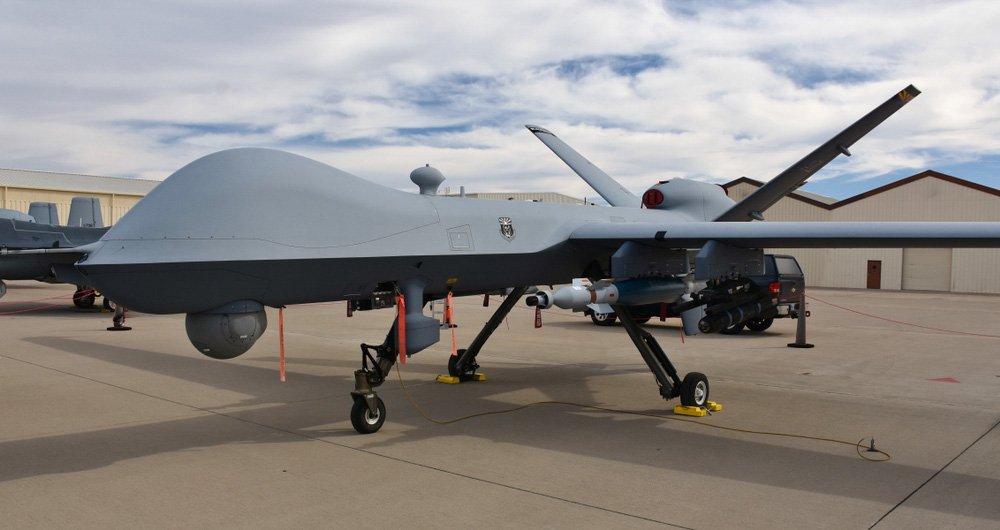Girja Shankar Dixit
The rapid evolution of drone technology has fundamentally transformed modern warfare. Once limited to reconnaissance missions, drones—also known as unmanned aerial vehicles (UAVs)—now play a central role in surveillance, precision strikes, logistics, and electronic warfare. Their ability to operate without risking human lives, combined with advancements in artificial intelligence and autonomous navigation, has made them indispensable to militaries worldwide.
Drones first emerged as tools for intelligence gathering and battlefield surveillance. Over the past two decades, their roles have expanded dramatically:
- The U.S. military pioneered the deployment of drones such as the Predator in counterterrorism operations during the early 2000s, focusing on intelligence and targeted strikes. The integration of AI, machine learning, and autonomous systems has enabled drones to conduct complex missions, including coordinated swarm attacks and real-time decision-making.
Today, both state and non-state actors employ drones extensively. Conflicts in Ukraine, Syria, Libya, and the Nagorno-Karabakh region have showcased the tactical and strategic advantages of UAVs.

Drones provide real-time, high-definition imagery and video, enabling commanders to monitor enemy movements and terrain from a safe distance. Their ability to access otherwise unreachable areas—such as dense forests, mountains, or urban environments—gives militaries a significant intelligence advantage.
Modern drones are equipped with advanced targeting systems, allowing for highly accurate strikes on enemy positions. This precision minimizes collateral damage and civilian casualties, particularly in urban combat scenarios where traditional airstrikes may be too risky.
Perhaps the most significant benefit is the reduction of risk to soldiers. Drones can carry out dangerous reconnaissance or attack missions without exposing personnel to harm, thereby saving lives and reducing the psychological toll on troops.
Compared to manned aircraft, drones are cheaper to produce, operate, and maintain. They require fewer personnel and can be rapidly deployed, making them attractive for nations with limited defense budgets.
Drones are used for a wide range of missions, including surveillance, electronic warfare, search and rescue, and offensive strikes. Their adaptability allows them to operate in diverse environments—from deserts and mountains to urban battlefields.
Ukraine has emerged as a global leader in drone warfare, leveraging affordable, battle-tested UAVs across air, land, and sea. Ukrainian drones now account for about 80% of all battlefield attacks, demonstrating their central role in shaping new military doctrines. The Ukrainian defense industry can produce up to 10 million drones annually, and these UAVs have been used to strike deep into Russian territory, disabling critical military infrastructure.
Azerbaijan’s effective use of Turkish-made drones against Armenian forces marked a turning point, demonstrating how UAVs could decisively influence the outcome of conventional conflicts. Drones were used for both surveillance and AI-driven autonomous attacks, highlighting their growing sophistication and lethality.
However, drones are susceptible to jamming, hacking, and GPS spoofing. Adversaries can disrupt communications, rendering drones ineffective, or even seize control of them.
The use of drones also raises significant ethical questions, particularly regarding targeted killings, civilian casualties, and the potential for autonomous lethal decision-making without human oversight.
Moreover, the widespread availability of commercial drones has enabled non-state actors—including terrorist groups and criminal organizations—to deploy UAVs for attacks, surveillance, and propaganda, complicating efforts to regulate their use.
As drone technology continues to advance, future conflicts are likely to see even greater reliance on UAVs. Developments in AI, swarm technology, and autonomous navigation will further enhance their capabilities, enabling coordinated attacks and more effective battlefield management. However, this also means that counter-drone technologies and regulatory frameworks must evolve to address emerging threats and ethical dilemmas.
Drones have irreversibly changed the landscape of modern warfare. Their ability to provide real-time intelligence, execute precision strikes, and reduce risks to human personnel has made them a core component of military operations worldwide. As demonstrated in Ukraine and other recent conflicts, drones are not just supplementary tools—they often lead the fight, shaping tactics and strategies on the modern battlefield. While challenges remain, particularly around electronic warfare and ethical concerns, the trajectory of drone technology suggests they will continue to play a defining role in the future of armed conflict.







